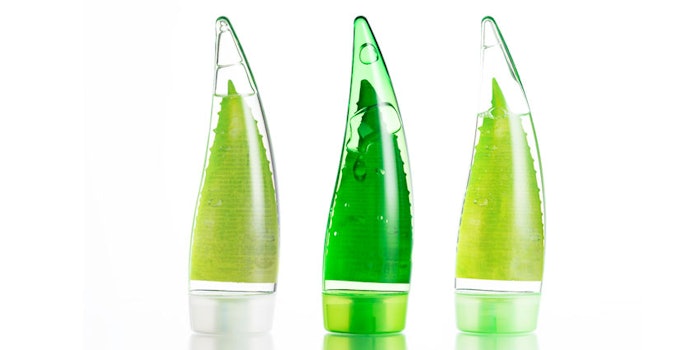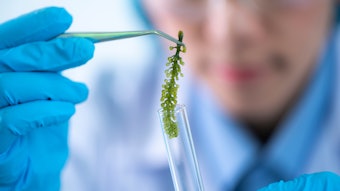
A recent report published in the Journal of Cleaner Production explores how the cosmetics industry has moved sustainability forward.
According researchers Marto, et al., from the University of Lisbon, Portugal, sustainability in the cosmetics industry has received growing interest not only from consumers, but also industry, academics and organizations. Drivers include intensifying concerns over cosmetics safety; impact on the environment, i.e., deforestation; and fair trade/social effects.
As such, efforts have been made to formulate cosmetics with more sustainable ingredient alternatives, although lacking performance, instabilities and aesthetic challenges have been limiting factors. Still, product developers continue to iterate next-gen solutions to make a sustainable future a reality.
This article provides an overview of the relationship between sustainability and the cosmetics industry including where the challenges lie, but also the reason(s) for progress in sustainability: for one, the fact that we're addressing it.
Methods
For this review, the authors examined a body of literature on the design and formulation of cosmetics to consider the impact of the different phases of a cosmetic's product development cycle on its sustainability. Also considered were formulating challenges and the structure and function of raw materials in relation to their sustainability.
Various means of data collection and analysis are outlined and include reviews of: journal articles, reports, books and book sections, websites, theses and patents. Notably, Cosmetics & Toiletries came out on top as the resource having published the most on sustainability in cosmetics. (Big thanks to our authors.)
Findings
The analysis revealed cosmetics sustainability is, of course, a complex and multifaceted issue that cannot be evaluated considering single aspects but instead using an integrated assessment about the environmental, social and economical dimensions and about the final product quality and performance. However, some notable steps being taken by the industry were identified; following are select examples.
Notably, Cosmetics & Toiletries came out on top as the resource having published the most on sustainability in cosmetics.
See related: Green Isn't Enough.
Sustainability assessment: For the cosmetic industry, sustainability metrics are becoming more important to business, as it is fundamental to define indicators and use specific tools to measure, monitor and evaluate the sustainable standards. The entire cosmetics supply chain can have an impact on sustainability, so it is important to consider and not neglect all steps in the lifecycle of a product—from the initial design and sourcing of raw materials, through manufacturing, packaging, distribution, consumer use and disposal or post-consumer use phase.
In relation, many ingredient suppliers and manufacturers have devised apps and other means to trace ingredient sourcing to ensure it is sustainable. And how many types of recyclable and biodegradable packaging have hit commercial shelves?
Sustainable ingredients: Another heavily focused area, as demonstrated at any cosmetic tradeshow today, or all over Cosmetics & Toiletries and Global Cosmetic Industry news, is, of course, sustainable ingredients. What does this mean? Interpretations vary, which is why the authors note that his term has no single, universal definition but typically refers to a product with environmentally preferable attributes. It also is typically attributed to ingredients designed with ethical, social and economic responsibility in mind.
"While it is not possible, to officially label a cosmetic product as 'sustainable,' there are fair trade labels, eco-labels and sustainability and corporate social responsibility (CSR) indexes that, in this context, tend to draw nearer to the classification of what a sustainable cosmetic is," writes Marto, et al.
Sustainable transport: One last factor of rising interest to the cosmetic industry is the sustainable transport of ingredients, materials, packaging and final products. Waterless formulations and concentrates provide prime examples; not only do they save on cost, but they reduce carbon emissions and lower a company's carbon footprint.
The article continues for some 20 pages, with discussions on specific core ingredient categories including emollients, exfoliators, surfactants and polymers, as well as solvents, colorants, fragrances, UV filters, preservatives, pH adjusters, chelating agents and antioxidants. See the Journal of Cleaner Production for more information; in the meantime, know that what we're doing is driving progress to make a difference.










